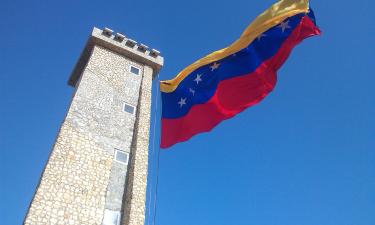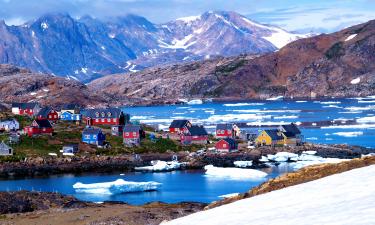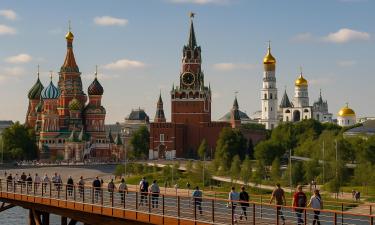Scientists Alarmed at Growing Population of Kamchatkan Crab in Barents Sea
Procreation of Kamchatkan crabs in the Barents Sea is a sort of "biological contamination that threatens many valuable fish species," Gennady Matishov, academician and Director of the Murmansk-based Sea Biological Institute of the Russian Academy of Sciences, told an international seminar dedicated to the influence the crab has on the ecological system of the Barents Sea.
Fishermen first found the crab in their drag-nets in 1975, in the middle of an experiment during which crabs were brought and released into the Barents Sea. Today, Russian and Norwegian specialists estimate the number of crabs inhabiting the area at 1.5 million individuals.
Contrary to expectations, the Kamchatkan crab feeds not on shellfish but on groundlings like cod, haddock, wolffish, and flounder, forcing them out of their natural area. "Unless we begin fishing for the crab on a commercial basis in order to keep its population depressed, we shall run the risk of losing these valuable fish species," stressed Matishov.
In 2003, Russia and Norway are planning to fish for only 800,000 crabs in accordance with research quotas.
Subscribe to Pravda.Ru Telegram channel, Facebook, RSS!





